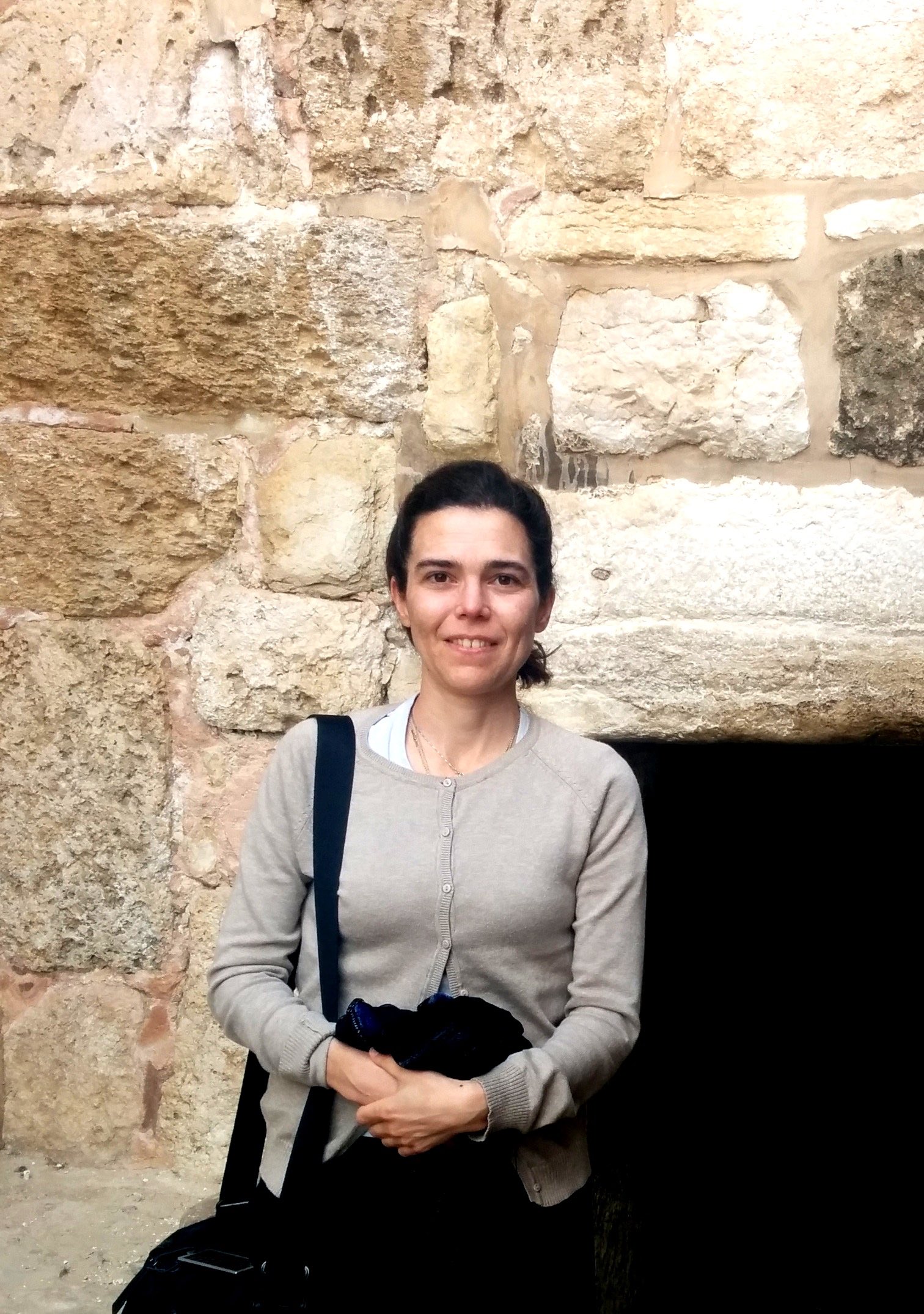The reassuring enclosure of a garden and the overwhelming vastness of a desert swept by the wind; the majestic charisma of a mountain looming on the horizon and the impenetrable darkness of a cave; the flamboyant glistening of a torrent and the touch of the waves caressing the seashore as the sun is about to set. Certain places seem to have a special hold on the human imagination and return to us again and again.
Gardens, deserts, mountains, caves, rivers, and seas deeply mark the Judaeo-Christian tradition; they hold a symbolic power. Sites of prayer and revelations, they are the media in and through which the drama of human salvation takes shape and meaning. By virtue of their vivid elemental peculiarities, not only do they help anchor supernatural events and map spiritual pathways, but they also solidly imprint them in the collective memory. Through the centuries, prophets and holy men, solitaries and thinkers, philosophers and poets have chosen these places as sites for withdrawal and meditation, or simply as metaphors for different states of mind and stages of life. To such places we still turn for consolation and therapy. In such places we experience a break from the everyday and a gateway through which we can reconnect with the totality of the cosmos, even for a brief moment. This book is about Byzantine perceptions of such places; it is about ‘topoi’.
The ancient Greek word ‘topos’ is substantially different from our modern concept of space, which we have been taught to think of as an abstract geometrical dimension. At the same time, however, ‘topos’ also spans a wider semantic spectrum than the word ‘place’. In its original sense, topos is not
simply a place, but an ‘evocative place’. In its philological roots is embedded a sense of beauty that has been lost in translation. ‘Topos’ is not simply a geographical location, a pause in space, or a node within a network; it is a dynamic rhetorical figure. It is an image that keeps recurring over and over again across space and time, regardless of originality and context (we still
talk about literary ‘topoi’, or ‘commonplaces’, though we do not necessarily identify them with the evocative and the peculiar).
‘Topoi’ enable us to memorize concepts and make sense of the world. The ancients, and then the Byzantines, experienced and narrated the earth primarily as a horizontal, yet richly layered, sequence of ‘topoi’. Today, with the
emergence of new digital mapping technologies, we are ironically witnessing a resurgence of a similar approach to space. We turn to Google Street View to identify places we are planning to visit, and seek it for landmarks we can easily keep in mind and promptly recall once we get to the spot. We upload (oft en nearly identical) snapshots of iconic places on Google Earth and on blogs to pin down memories of a recent trip – perhaps the ultimate expression of Susan Sontag’s claim that ‘to collect photographs is to collect the world’. Conversely, we launch ourselves in virtual explorations of the globe, hopping through these same digital ‘topoi’.


